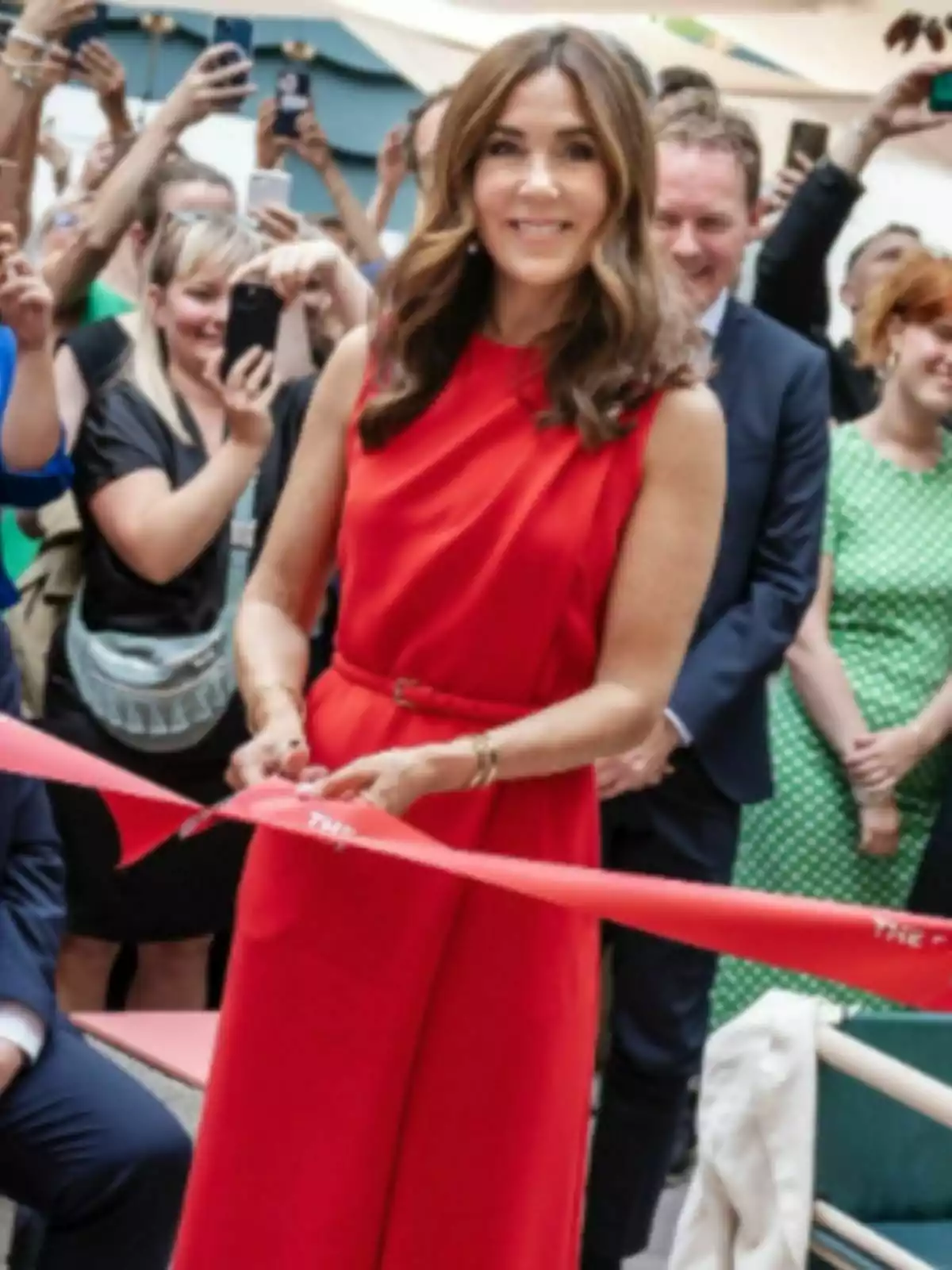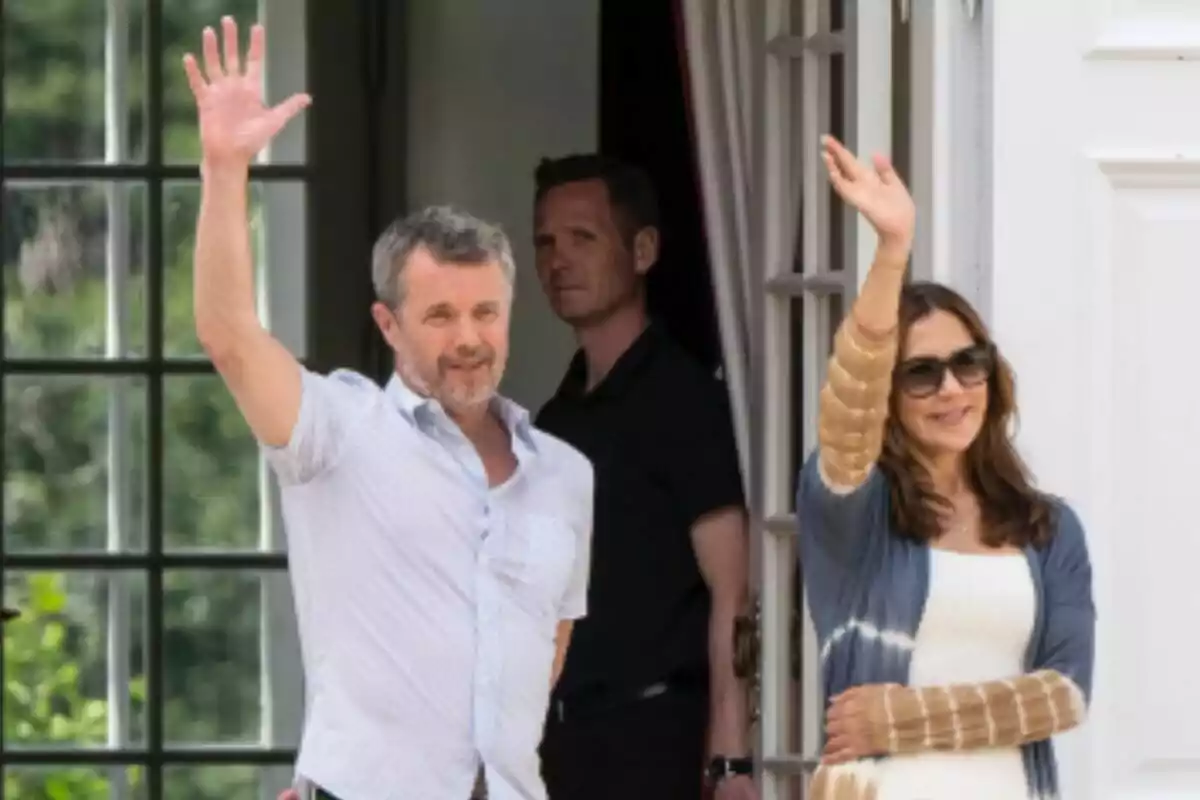Mary of Denmark has established herself as one of the most active consort queens in European royalty. Her involvement in social and health causes has made her a role model, both inside and outside her country.
Over the past few years, she has kept a busy schedule featuring projects dedicated to vulnerable groups. Her approachable and committed style has made a difference in the way people understand the role of the monarchy in the 21st century.

A queen involved in the health cause
The queen recently presided over the opening of the Nordic Summit on Rare Diseases and Disabilities 2025. The event brought together medical professionals, political representatives, and patient associations from across the Nordic region.
Mary attended as patron of the Rare Diagnoses association, an entity that brings together more than fifty organizations. Her speech focused on strengthening the visibility of affected individuals and demanding greater inclusion in health decisions.
During the event, the queen visited several stands where key issues such as access to specialized treatments were addressed. The need to improve medical coordination and ensure the social and economic protection of patients was also highlighted.
The Royal House's urgent statement
After the queen's participation in the summit, the Royal House issued an urgent statement that caused anticipation in all European media. The official text emphasized the importance of the queen's role in this type of event. It also stressed that people with rare diseases must be heard and recognized as an essential part of the system.
The document highlighted that patients should not be limited to being passive recipients, but should become protagonists of their medical care. It stressed the need to give them a central role in public policies so they act as active participants in every health process. The monarchy stated that this change represents an essential step toward more humane, inclusive, and truly participatory policies.
The statement coincided with an institutional announcement of enormous significance that will mark a turning point in Danish tradition. The Royal House confirmed that, starting in January 2026, the traditional New Year's Eve dinner will change its historic celebration format. The event will become a more inclusive gathering, open to greater social and geographic diversity, reflecting the reality of Denmark.

The new direction of the Danish monarchy
The change in the format of the official dinner was received as a symbolic gesture of openness toward the public. Historically, this event was reserved for social elites, but now the aim is to reflect the reality of the country.
The Royal House described the previous model as inadequate for current times. The new format seeks to integrate different groups, from public representatives to citizens selected from various regions.
With these measures, Mary of Denmark strengthens her image as a modern, approachable queen aligned with social demands. Her active role in health causes and her involvement in institutional decisions place her at the center of the new direction of the Danish monarchy.

